Why did we do this?
Thanks to the results obtained, we can strengthen our strategy for sustainable development of the company and in turn slightly improve the environmental footprint of our products. And, perhaps importantly for your purchasing decision, we now have a verified comparison with competitors who import furniture made in China .
What method did we choose?
We chose the Life Cycle Assessment (LCA) method, which allows for a comprehensive quantification of a product's environmental impacts and is also used by the European Commission in the development of ecodesign legislation. The analysis assessed the following impacts:
- Climate Change:
This category measures greenhouse gas emissions and their contribution to global warming.
- Ozone Depletion:
It assesses the impact of emissions that contribute to ozone depletion.
- Human toxicity:
Evaluates the effects of toxic substances on human health.
- Formation of dust particles (Particulate Matter):
It expresses the impact of emissions contributing to air pollution with solid dust particles that affect respiratory health.
- Ionizing Radiation:
Evaluates the environmental impact of radioactive substances.
- Photochemical Ozone Formation:
It focuses on the release of reactive and radical emissions into the atmosphere, which contribute to the formation of smog and affect air quality and human health. - Acidification:
It measures emissions of acid-forming substances that contribute to acid rain, which can damage ecosystems and buildings.
- Eutrophication:
It assesses the impact on aquatic ecosystems caused by excessive nutrient input, leading to problems such as cyanobacterial blooms.
- Land Use:
It takes into account the impact on land through its use, change and degradation.
- Ecotoxic substances (Ecotoxicity):
It evaluates the impact of substances on aquatic and terrestrial ecosystems. - Water Use:
It focuses on the use and depletion of freshwater water resources.
- Resource use:
It evaluates the use of non-renewable resources such as minerals and fossil fuels.
Cradle to gate
Unfortunately, you can also go green with the help of analytics, for example by tracking only part of the product's journey or by publishing advantageous data. We wanted to be honest with ourselves (and by extension, with you), so we decided to analyze the impact on climate change (the so-called carbon footprint) of the entire product life cycle before it reaches you, the customer - i.e. from the acquisition of primary raw materials for the production of the material to its delivery to your home and disposal of production waste - or Cradle to gate .
The analysis was performed for 1 kg of the average Fleysen product and 1 kg of the equivalent product produced in China.
What does such an analysis look like?
Data, normalization, weighting and comparison. For the Fleysen cabinet and an identical cabinet manufactured in China in the Guangdong province, data was collected on all input and output flows – think of it as a list of everything that is released into the air, soil and water during the product’s life cycle . The resulting list was then converted into environmental impacts such as global warming, human toxicity, etc.
Next, the environmental harm of individual substances was evaluated and it was necessary to convert the data from the two product life cycles onto a common scale (normalization process) and assign them a weight according to their environmental significance (weighting process). Then, all that was needed was to compare the results and the overall summary was clear:
The overall environmental impacts of the Fleysen product are 29.66% lower than those of products from China.
Czech Republic vs China
Carbon footprint , or the impact of greenhouse gas emissions on climate change, is the most common factor currently monitored for products. The Fleysen cabinet has a carbon footprint of 3.35 kg CO₂ eq . Climate change accounts for the largest percentage of environmental impacts for our product – 40.38% of the total impacts . However, it is still 26.45% less than a cabinet from China made of the same material .
The impact of Fleysen production on climate change is 26.45% lower than that of the Chinese product.
The carbon footprint of Fleysen production was calculated at 3.35 kg CO2 eq.
The carbon footprint of a competing product from China came to 4.56 kg of CO2.
Long live metal!
The largest part of the environmental impact of our wardrobe is due to the consumption of materials, which makes up 82.4% of the total. That is why it is essential for us that our furniture lasts as long as possible and is not thrown away. Once something is made, let's use it, recycle it, repair it, pass it on.
Steel is durable, it can last for years of use. It can be recycled after its owners have finished using it, and in our factory we recycle all steel waste from production . With every extra day that an item is used, its negative impact on the environment decreases. Thank you for helping us to be kinder to people and nature by carefully choosing furniture .


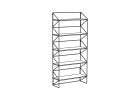 Shelves and racks
Shelves and racks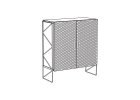 Designer cabinets
Designer cabinets Accessories
Accessories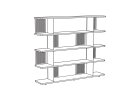 Bookshelfs
Bookshelfs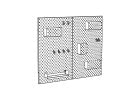 Magnetic bulletin boards
Magnetic bulletin boards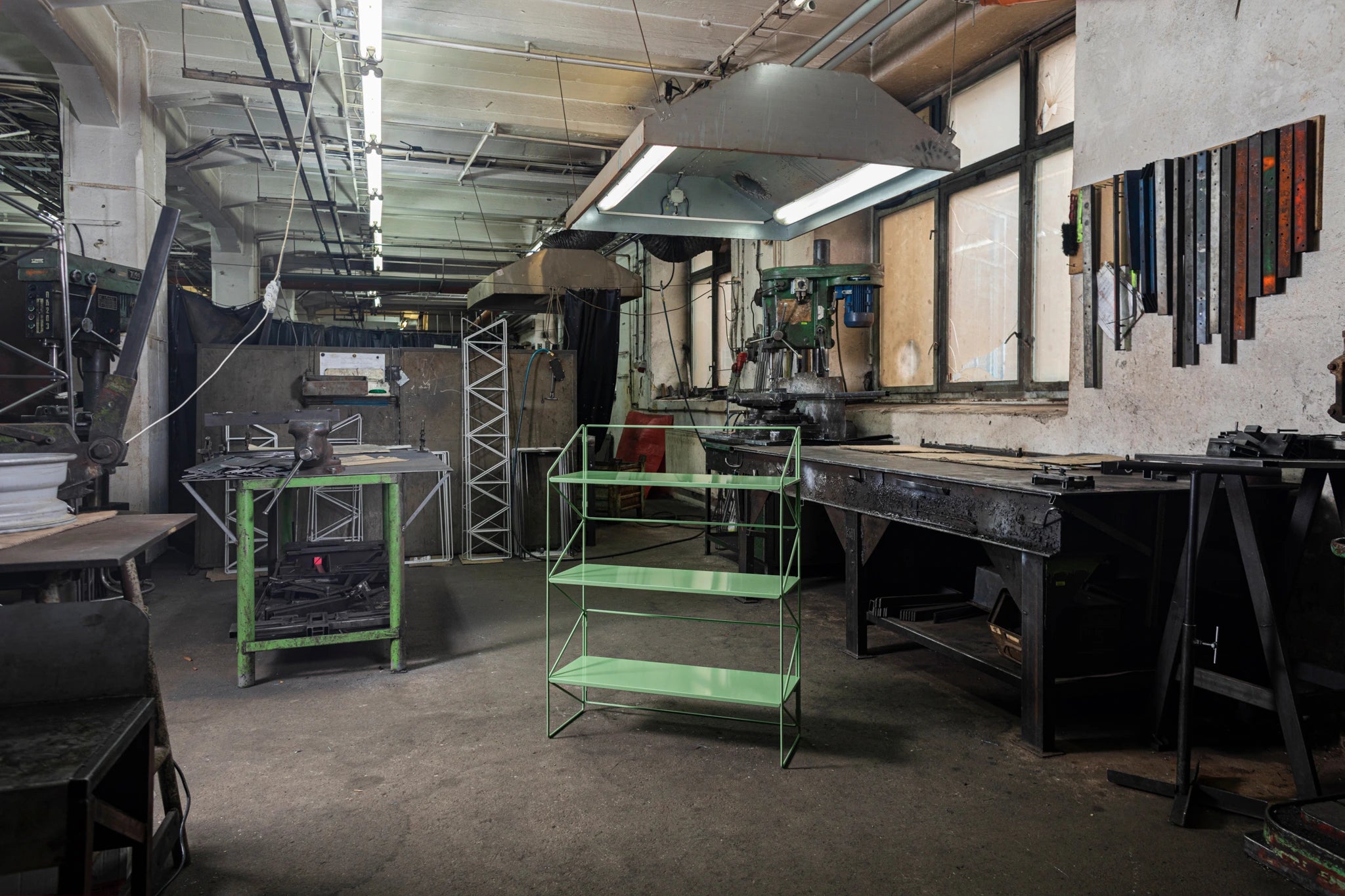

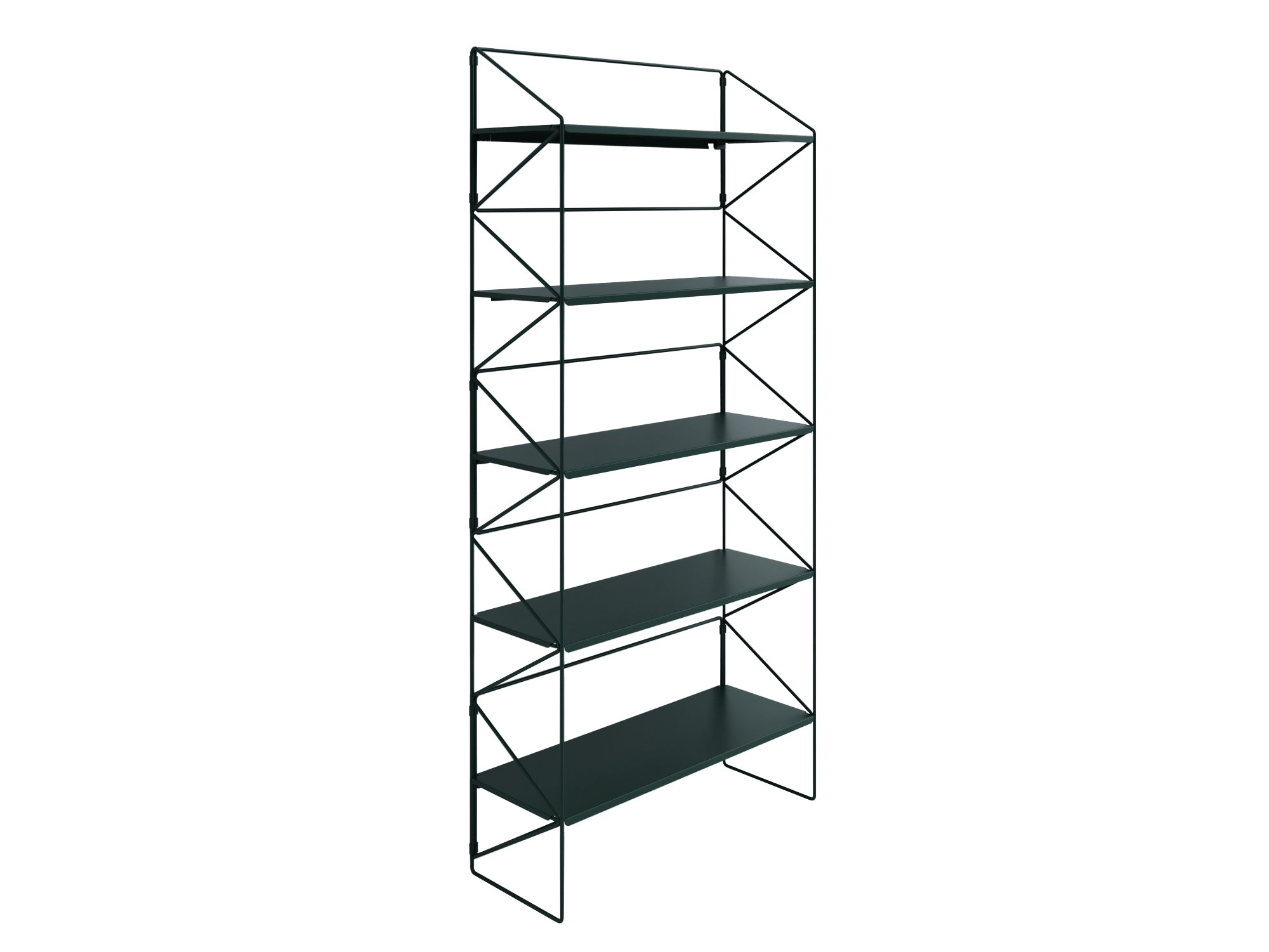
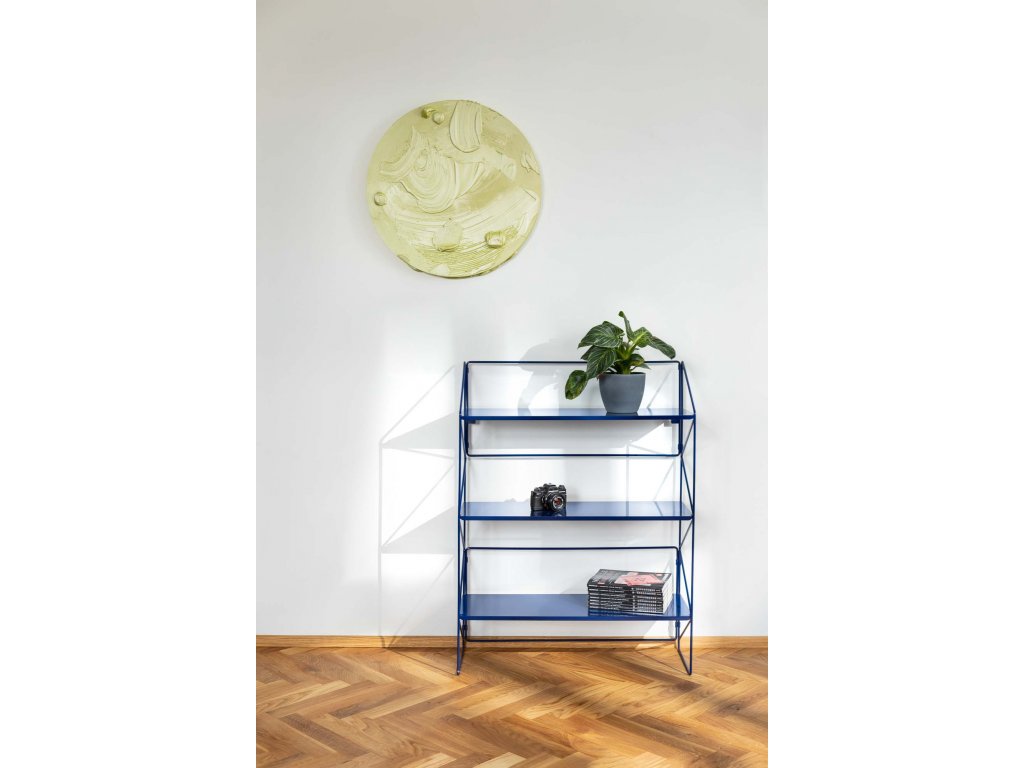

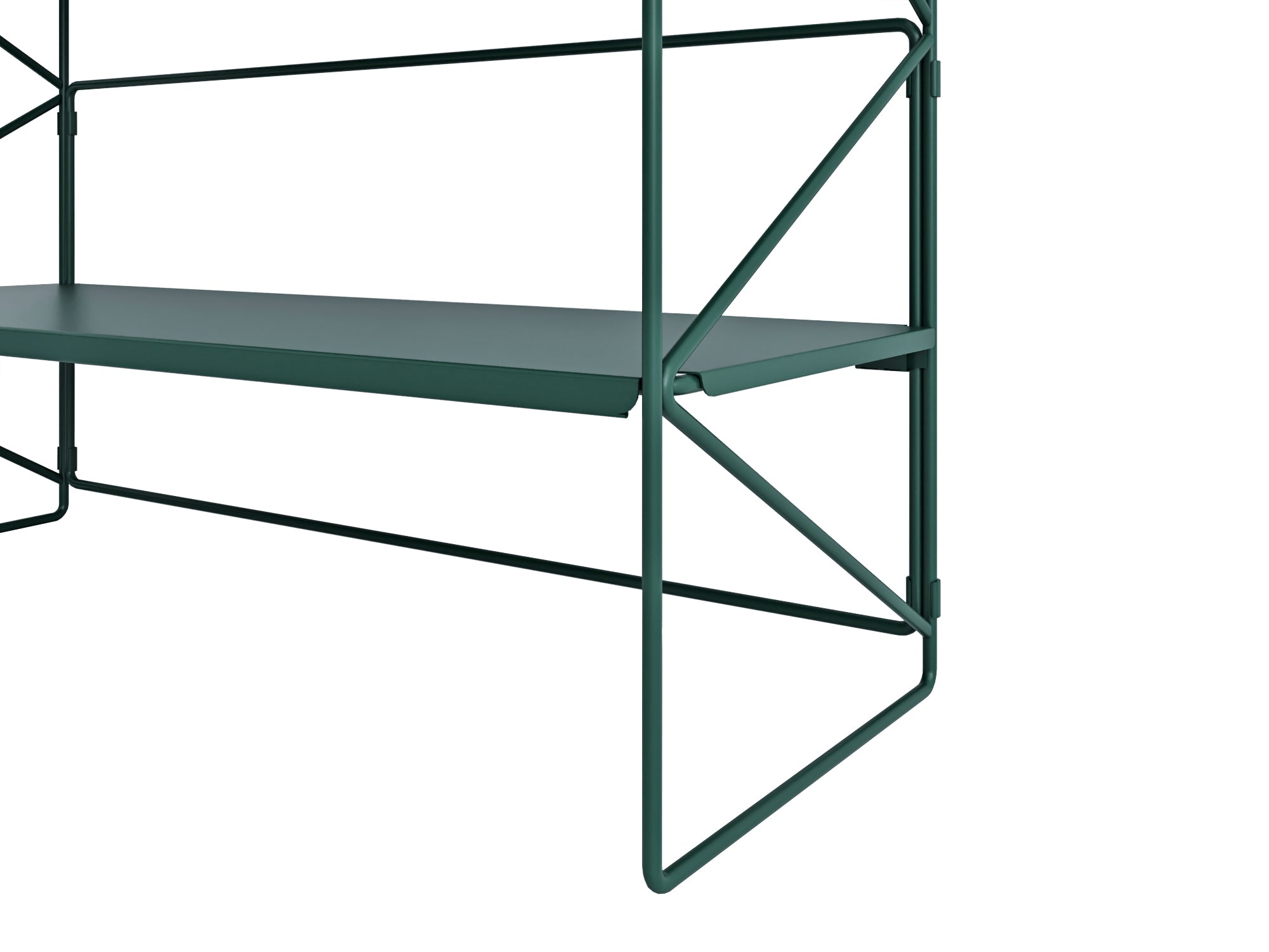



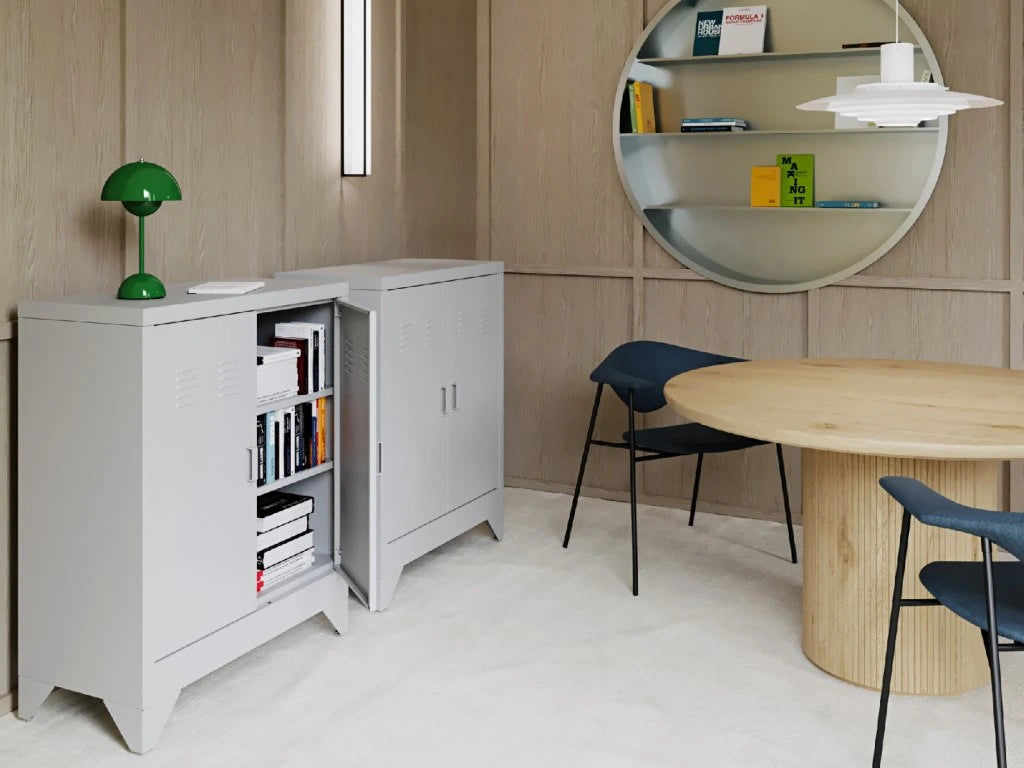

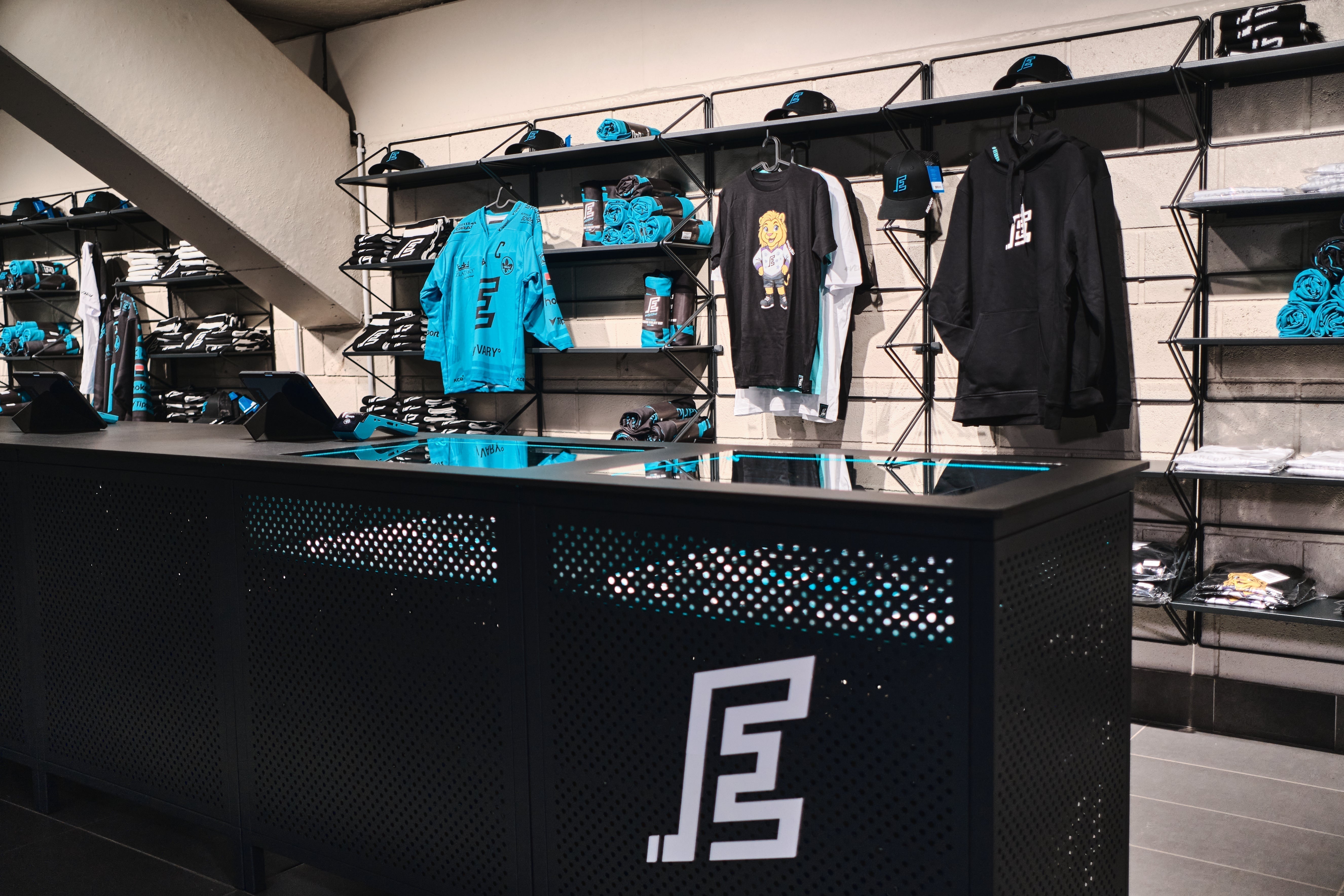
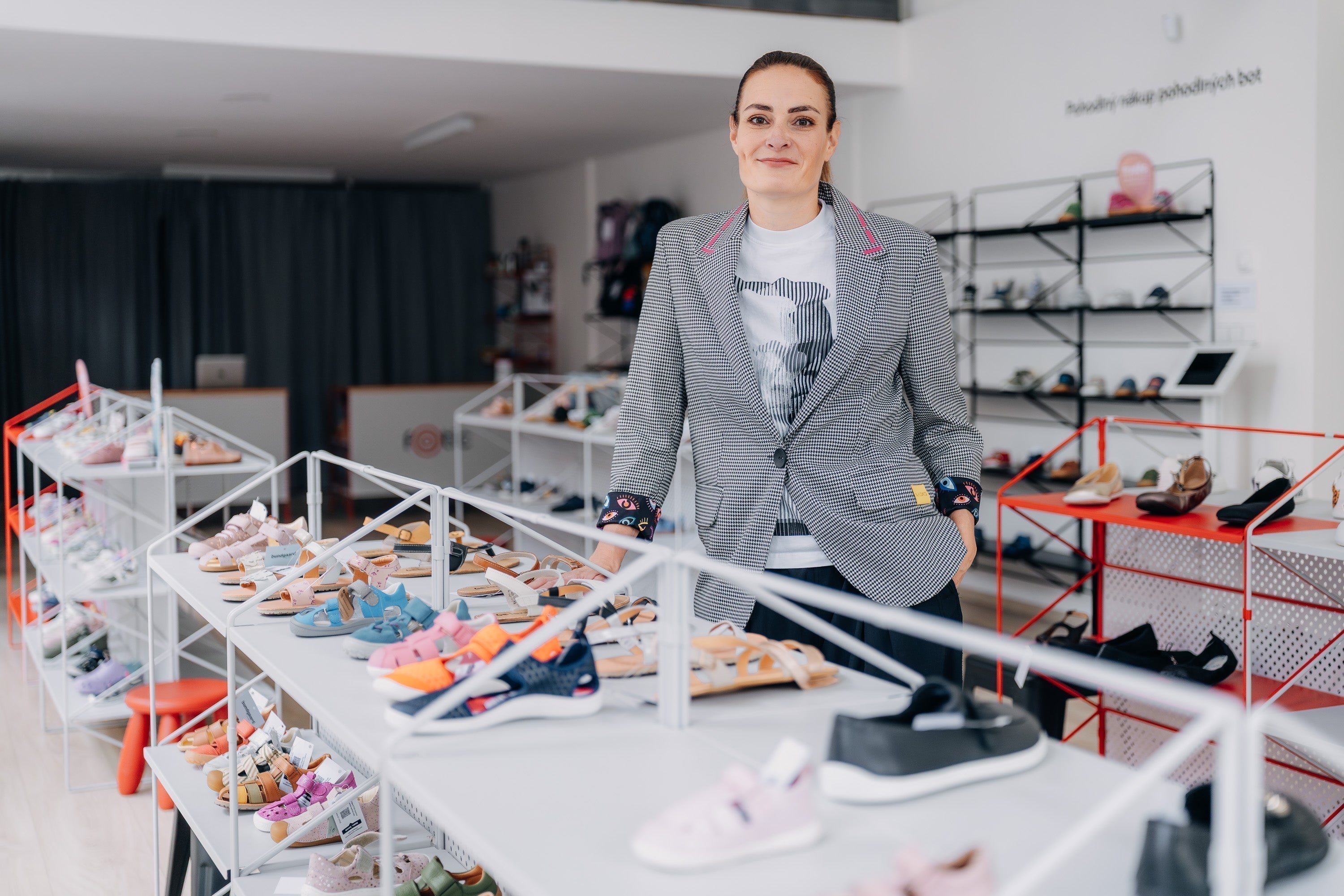





Inspire others and share the article: